Workouts
Let’s Climb! – Mount Vesuvius in Italy
IT’S TIME TO CLIMB TO THE TOP OF MOUNT VESUVIUS, ITALY Challenge: Your distance goal is 4,203 vertical feet to the top of Mount Vesuvius. (1,281 meters) How many minutes did it take you to complete this challenge? Let us know by hashtagging #versaclimber @versaclimber with a photo of your time and you may be…
Let’s Climb! – The Canton Tower in China
IT’S TIME TO CLIMB THE CANTON TOWER IN CHINA Challenge: Your fast distance goal is 1,982 vertical feet to the top of The Canton Tower. (604 meters) How many minutes did it take you to complete this challenge? Let us know by hashtagging #versaclimber @versaclimber with a photo of your time and you may be selected to receive a cool VersaClimber T-shirt for…
Let’s Climb! – The Bank of America Tower
IT’S TIME TO CLIMB THE BANK OF AMERICA TOWER Challenge: Your fast distance goal is 1,200 vertical feet to the top of the Bank of America Tower – Manhattan, NYC (365 meters) How many minutes did it take you to complete this challenge? Let us know by hashtagging #versaclimber @versaclimber with a photo of your…
Let’s Climb! – The Great Pyramid in Egypt!
IT’S TIME TO CLIMB THE GREAT PYRAMID IN EGYPT Challenge: Your fast distance goal is 481 vertical feet to the top of The Great Pyramid of Giza. (138 meters) How many minutes did it take you to complete this challenge? Let us know by hashtagging #versaclimber @versaclimber with a photo of your time and you…
Let’s Climb! – Lotte World Tower, South Korea!
IT’S TIME TO CLIMB LOTTE WORLD TOWER, SOUTH KOREA Challenge: Your distance goal is 1,819 vertical feet to the top of Lotte Tower. (554 meters) How many minutes did it take you to complete this challenge? Let us know by hashtagging #versaclimber @versaclimber with a photo of your time and you may be selected to…
Let’s Climb! – 432 Park Avenue, New York City
IT’S TIME TO CLIMB 432 PARK AVENUE, NEW YORK CITY! Challenge: Your distance goal is 1,397 vertical feet to the top of 432 Park Ave skyscraper. (425 meters) How many minutes did it take you to complete this challenge? Let us know by hashtagging #versaclimber @versaclimber with a photo of your time and you may…

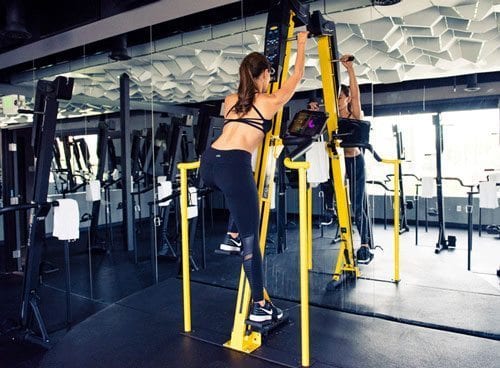
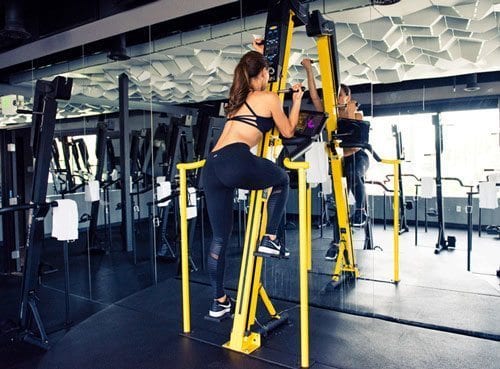
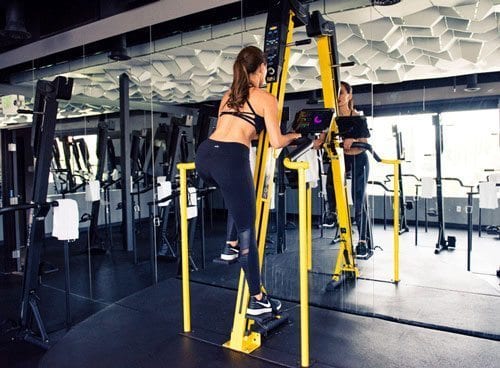

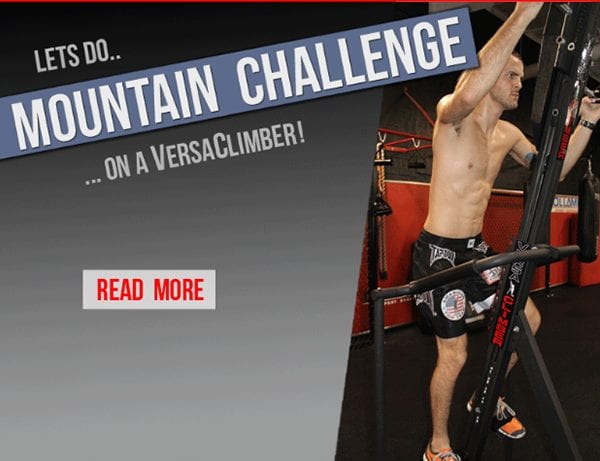
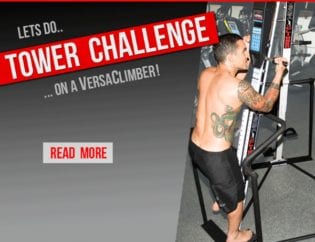


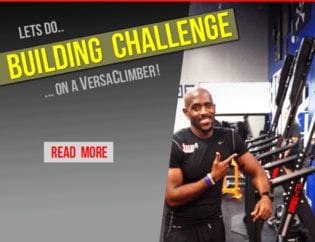
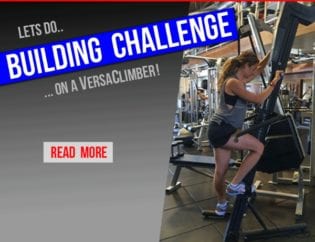
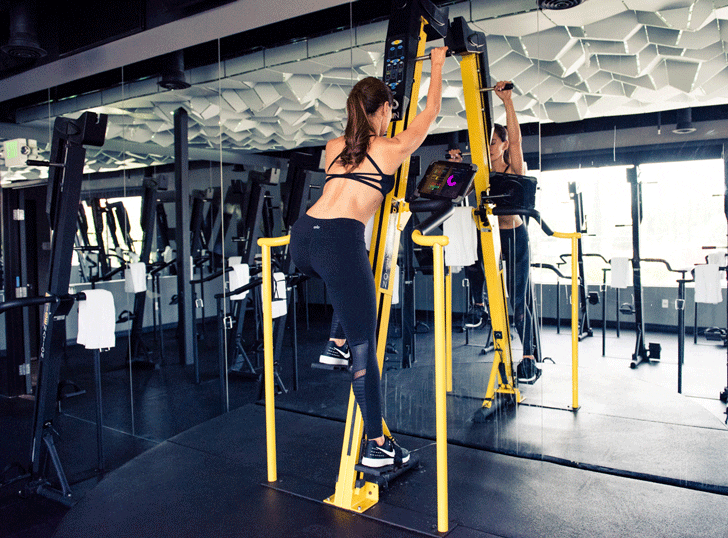
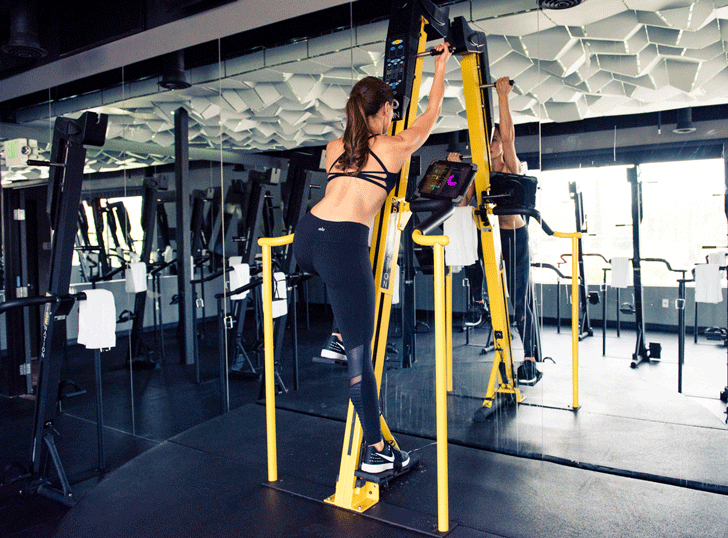


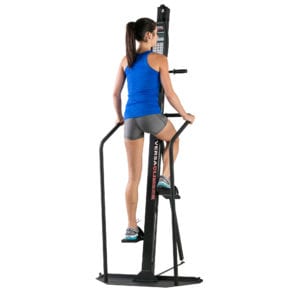 Interval Sprint Training Interval training on the VersaClimber is achieved by repetition of: sprinting...resting... sprinting (as is the case for most sports). By increasing the speed and the stroke length of each step, the cardiovascular system becomes accustomed to extremely strenuous exercise and recovery to a resting state again.
Interval Sprint Training Interval training on the VersaClimber is achieved by repetition of: sprinting...resting... sprinting (as is the case for most sports). By increasing the speed and the stroke length of each step, the cardiovascular system becomes accustomed to extremely strenuous exercise and recovery to a resting state again.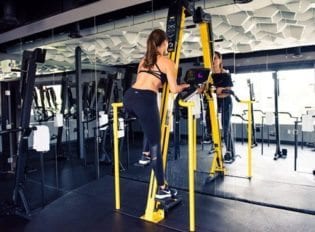 The VersaClimber provides a more complete, safe and overall better exercise than treadmills, ellipticals, steppers, running, cycling, swimming, rowing or cross country skiing because the VersaClimber works all the major muscles of the body in one safe, smooth rhythmic motion. Climbing against gravity also burns more calories than any other exercise.
The VersaClimber provides a more complete, safe and overall better exercise than treadmills, ellipticals, steppers, running, cycling, swimming, rowing or cross country skiing because the VersaClimber works all the major muscles of the body in one safe, smooth rhythmic motion. Climbing against gravity also burns more calories than any other exercise.